Review: BlackBerry Q10 for AT&T
Jun 8, 2013, 2:48 PM by Eric M. Zeman
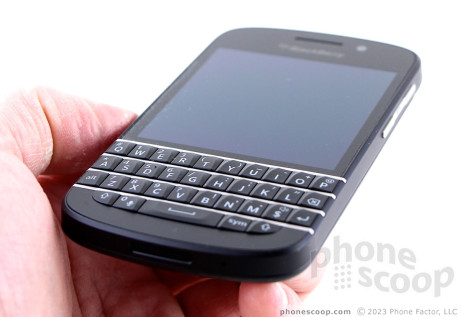
BlackBerry returns to its roots with the Q10, a smartphone that claims to offer the best of both worlds: a QWERTY keyboard for typing and a touch interface paired with a modern operating system. Did BlackBerry get the combination right with the Q10?
Form
Is It Your Type?
If you need a smartphone that has real keys on which to peck out emails, and you're a fan of the traditional BlackBerry design, then the BlackBerry Q10, with its physical QWERTY keyboard, could be your... type. There are trade-offs, however, with this particular form factor that are worth weighing.
Body
The Q10 is a compact device. BlackBerry did not miss a single detail in crafting an excellent piece of hardware. There are definitely trade-offs with this design - such as the Q10's smaller screen - but that's part and parcel with this form factor. BlackBerry put its years of experience to good use. The Q10 has the look of a traditional BlackBerry, not unlike the Bold line from several years ago. It has a glossy glass front that's offset by the four-row keyboard. I like that BlackBerry put the chrome-colored frets between the rows. The carbon fiber pattern of the battery cover doesn't look bad at all. The Q10 has a classic, if a bit conservative, appearance that shouldn't embarrass anyone.
The Q10 has an excellent feel to it all around. BlackBerry chose its materials well, and manufactured the device with a high degree of care. The phone feels like a (not too heavy) block of metal. All the seams are tight and the different surfaces and panels fit together well. The small size makes it easy to hold and use. It is balanced well, and is easy to operate with either one or two hands. It will surely fit into most pockets without any trouble, though it is weighty enough that you won't forget it is there.
The front of the Q10 is split between the screen and the keyboard. The upper two-thirds of the device's front is covered by a glossy piece of glass that was pretty good about hiding fingerprints. The lower third is reserved for the keyboard. There is no row of navigation or action keys; there is no BlackBerry button; there is no optical mouse nor trackball.
One thing BlackBerry did with the Q10 was to get rid of the slightly curved keyboard shape of devices such as the Bold. The Q10's keyboard runs straight across. The keys themselves are nicely shaped, with a slight slant that makes them easier to find. The slant also makes your fingers less prone to slip off and hit the wrong key. The keys are not offset as they are on a regular keyboard, but are instead lined up in a grid. The travel and feedback is perfect, and there's no mushiness to the keyboard at all. After typing (or Swyping) on glass for years, I forgot how helpful a physical keyboard can be.
The rest of the controls are laid out in standard BlackBerry form. The microUSB and mini HDMI ports are both on the left side of the phone. They are positioned directly next to one another so the device can be dropped into a dock of some sort (the Z10's ports are positioned in the exact same way). The screen lock button is on the top. I found it easy to locate and use, but the button made a nasty clacking sound when pressed. The stereo headphone jack is on top, too.
The volume toggle and action button are on the right side, aligned in a strip of chrome-colored plastic. Each button is distinct. The up and down volume buttons are separated by the user-definable action key. I found it easy to tell which of the three buttons my fingers were touching. The travel and action of all three buttons was excellent, but they made the same loud sound as the screen lock button.
The battery cover forms about 80% of the Q10's back surface. It's easy to remove with a small amount of downward pressure. The Q10 has a removable battery. The microSD card can be swapped without removing the battery.
In all, the Q10 is solid hardware from BlackBerry that is sure to make the old guard happy.
Performance
Screen
The Q10's screen measures 3.1 inches across the diagonal and has 720 by 720 pixels. It's the exact same width as the display on the Z10. This was a conscious design choice made by BlackBerry for app continuity across the different form factors. The Q10's screen is an OLED panel that I thought looked good. It is bright and and colors look deep and rich. Viewing angles are excellent, and there's no color shift or brightness loss when you tilt the Q10 back and forth. Outdoor viewability is OK, but could be better.
Signal
The Q10 performed very well on AT&T's network in and around the greater New York City area. I had no trouble connecting calls on the first dial, and the Q10 didn't miss or drop any calls during my review period. It worked better than average in areas with weak HSPA+ coverage and was able to maintain a download even when the Q10 showed no bars. Data speeds were consistent over LTE, but never wowed me. The best download speed I got was about 16Mbps in an area where I've achieved much faster speeds on other devices.
Sound
The Q10 is an average phone when it comes to call quality. The majority of calls were good, but not great. I often heard scratchiness and voices dropped out here and there. Earpiece volume is also good, but not great. With the volume set all the way up, I was able to hear calls in a quiet coffee shop, but not in a noisy bar. People I spoke with through the Q10 said I sounded a little robotic. The speakerphone offered the same call quality as the earpiece. The volume was acceptable, but I'd have preferred it to be much louder. Again, it will work in a quiet office or home, but probably isn't going to cut it in the boardroom. Ringers and alerts are plenty loud, however, and the vibrate alert is exceptionally strong.
Battery
The Q10 did well in my battery tests. It routinely lasted an entire waking day with no trouble at all. In fact, most days the Q10 had about 30% battery life left when I went to bed. It did not last much beyond breakfast the following day, however. Most people will be able to use it all day without worrying about having a charger handy. You will most likely need to charge it each night.
Basics
Menus
The Q10 runs the new BlackBerry 10 operating system. It looks and behaves exactly as BlackBerry 10 does on the Z10. We reviewed BlackBerry 10 in detail several months ago here. If you really want to know all there is to know about BB10, please read that review. If you're looking for the short version, read on.
BB10 includes a lock screen that provides messaging notifications, a clock, and a shortcut to the camera, but it cannot be customized. The main "home screen" is used for multitasking. It houses active tiles of the last eight applications opened by the owner; each tile provides a preview of that app and its content. The main app menu is a swipe to the right. Apps are listed in 4 x 3 grids on each page, and can be organized into folders if you wish.
The big element is BlackBerry Flow, which is a series of gestures that are used to move through the UI. The gestures take time to learn and master. The most significant of which is called BlackBerry Peek, which is used to see a preview of new messages and calls from within any app on the phone.
The swiping gestures are a bit more annoying on the Q10 than the Z10. The problem is that some of the gestures need to begin on the thin strip of glass that's between the keyboard and the display. It's only a few millimeters wide. I often missed the little strip of glass and had to perform the action over again to get it to work. Repeating my thumb actions got old quickly.
A drop-down shade at the top provides access to controls such as the wireless radios and full settings tools.
BB10 offers some customization options, but not as much as on Android or even Windows Phone. The wallpaper can be changed, there are multiple ringer profiles, and of course users can select their own ringtones, and so on. Users cannot customize the home screen.
AT&T did not (and, as with iOS and Windows Phone, cannot) do anything to molest the BB10 user interface.
In terms of performance, the Q10 is quick and smooth. The UI flows from one screen to the next and I didn't notice any lagging or stuttering.
Calls and Contacts
The phone app is not unlike that found on Android devices. It has a large software dialpad for punching in numbers, as well as quick access to the call log and contact database. It includes many of the features you're used to, such as send to Bluetooth, speakerphone, and mute.
The contacts app is much more visually pleasing than the older BB7 app, and syncs with far more accounts. The contact app can pull in data from Twitter, Facebook, and LinkedIn, in addition to your IMAP or other email service. I like that the app offers a peek at your recent communiques with various contacts and makes it easy to call or message them.
Messaging / BlackBerry Hub
BB10 includes the all-new BlackBerry Hub. It's a universal inbox for absolutely all of your communication needs.
The Hub handles email, SMS, MMS, IM, BBM, LinkedIn, Twitter, and Facebook. It is your one-stop shop for all messaging tasks, be they long-winded or limited to 140 characters. You can view all of your messages jumbled together in one large heap, or separate them into their respective inboxes. All of the messaging inboxes offer threaded views, attachments, and the same basic set of tools for composing and controlling them.
The Hub itself can be customized in that you can turn some inboxes on or off at will, as well as arrange how they appear in the Hub. You can also get a “peek” of what's in the Hub from any app by using a specific "upside-down L" swiping gesture. It's a neat way to be able to see what's going on in your inbox without necessarily leaving the task at hand. The gesture can be a bit tricky, though.
Social networking is built into the sharing features of the OS as long as you sign into your various social accounts during the set-up process. Of course, separate apps are available for Facebook, Twitter, and so on. They function much in the same way as on Android and iOS devices.
BBM lets you share photos, videos, a live view of your own screen, as well as conduct two-way voice and video calls. BBM will soon be available to Android devices and the iPhone, making it an even more appealing messaging platform for BlackBerry users.
Extras
Media
BB10 has two apps for media playback, one for music and one for video. Both are somewhat lacking in thrills. They are simple and devoid of any advanced features, such as equalizers or other sound effects processing. They do a fine job of playing back the content stored on the Q10, though. Speaking of which, content can be sideloaded via microSD cards (the best option), via the BlackBerry Link desktop app (not recommended), or downloaded from BlackBerry World. The BBW store offers a decent selection of movies, TV shows, and music, with prices that are comparable to the Google Play Store, iTunes, and Windows Phone Store.
In general, audio sounded good through my favorite headphones and video looked good on the Q10's display. The Q10's small, square screen is not the best for viewing stuff like movies, though. You always get a letter-boxed experience and video never fills the entire screen. The quality of what I saw looked fine, though.
Camera
The camera application is quite good. There is no dedicated camera button on the Q10 by default, although you can choose to assign the action key to the camera. You can also use the lock screen shortcut to launch the camera, or open the app from the app menu.
The camera on the Q10 opens quickly, and is incredibly fast to focus and capture images. Images are captured by tapping on the screen or by pressing the spacebar on the keyboard. Tap the area you want the camera to focus on, and that's what it does.
Additional features are kept to a minimum. Shooting modes, which control the camera's focus and shutter speed, include normal, stabilized, and burst. Scenes, which are used to help with exposure and white balance, include auto, action, whiteboard, night and beach/snow. You can also toggle the flash between auto, on, or off.
The Q10 lets you select the camera's aspect ratio, too. You can choose to take square images with a 1:1 ratio, or the more standard 4:3 and 16:9 rectangular ratios. When shooting with the 1:1 ratio, the image you're about to capture fills the entire display. When you switch to either 4:3 or 16:9, the Q10 letterboxes the viewfinder on the screen to show you what you're actually shooting to help you better frame the shot. In comparing images taken with the three aspect ratios, it appears that the camera is zooming in a bit to get the 1:1 shots and zooming out a little bit to get the 4:3 and 16:9 shots. The images have different resolutions: 3264 x 1836 for 16:9, 3264 x 2448 for 4:3, and 2448 x 2448 for 1:1.
There's also the TimeShot feature, which is meant to help capture the best image of peoples' faces. The feature essentially shoots five quick shots and, using the on-screen tools, you can select which of the shots looks best for each of the faces detected in the viewfinder. It's cool if you have little kids or people who blink all the time.
Photos
The Q10 has the same camera as the Z10, and it also takes average photos. I was impressed with its ability to obtain good white balance and exposure, but focus was often a bit soft and there was more grain than I'd like to see from an 8-megapixel shooter. It does not perform well at all in low-light situations, and the flash doesn't do much to help to offset the low-light problem. (The Z10 was better at focusing, but not as good at exposure.)
Video
The Q10 can shoot video up to 1080p HD. Most of the video I shot looked good, but it revealed the same type of problems that the regular camera did. It tended to blow out whites and other bright areas, while also leaving out the details in dark spots. Focus was OK and colors looked great.
Gallery
The gallery application works well when it comes to managing, editing, and sharing photos. The default view in the gallery app shows the most recent images captured with the camera. They are shown in a grid. You may also choose to sort via albums, thanks to controls that line the bottom of the screen.
The editing features are robust. Images can be cropped and rotated; enhanced to correct brightness, white balance, contrast, sharpness, noise, and red-eye; and given artistic treatments through the application of two different sets of filters in the vein of Instagram. One set of filters is labeled "Artistic" and the other "Styles." You can use one artistic filter and combine it with one style filter to amplify the effect. Once you're done editing the photos, you can share them easily to social networks, email, BBM, and upload the files to popular photo services.
Apps
There are no AT&T-branded apps on the Q10 at all; everything is a native BlackBerry-developed app or service. Out of the box, BlackBerry provides about three dozen apps on the Q10. The new on-device storefront for BlackBerries is called BlackBerry World. It offers BB10 owners not only apps, but music, movies, and games. The app itself is OK, but not great. The problem is with discovery. The app has tools that allow you to view only Games, Apps, Music, or Video, but even drilling down into these sections leaves you with plenty of work to do to find new and interesting stuff. Further, even though the Z10 launched more than four months ago, the 125,000 apps BlackBerry claims are in the app store are a thin selection at best. Major apps (Instagram, etc.) are still missing. Apps downloaded swiftly over LTE 4G, though.
Browser
The Q10's browser is a standards-based piece of software that does a much better job of handling the web than the BlackBerry browsers of old. It renders web sites quickly and cleanly, and offers features I like, such as multiple tabs, a solid bookmarking tool, and even advanced stuff such as private browsing. When used on AT&T's LTE 4G network, web sites loaded quickly. The slower-than-lighting-fast speeds I recorded on the LTE network didn't have a noticeable impact on surfing speeds. The Q10 suffers from a real estate problem, however, with its small screen. Between the address bar and navigation tools that make up the browser's controls, there's very little room left on the screen for content. This is the trade-off you're making to get the QWERTY keyboard.
Bluetooth
The Q10 connected with other Bluetooth devices easily. When paired with my car's hands-free system, phones calls sounded decent, but not great. I was also able to pair the Q10 with stereo headphones. Playback worked fine, but the sound was thin and raspy. The Q10 can also be paired with other phones/tablets/PCs to share files.
Clock
The lock screen clock is a white digital clock that appears close to the top of the screen. As with many modern smartphones, the background wallpaper you choose plays a direct role in how visible the clock is at any given moment. Lighter wallpapers make it harder to read, darker ones make it easier to read. This is especially important when outdoors. The lock screen clock cannot be customized.
GPS
The Q10 comes with the BlackBerry Maps application. The app covers the essential turn-by-turn direction features, but lacks some of the extras that make Google Maps or Nokia HERE so good. For example, it can provide accurate routing between Point A and Point B, but there are no 3D flyovers, satellite imagery, or street views. The Q10 was much better at pinpointing my location than the Z10. It was a little slow to lock down on me, but it tagged me to within 20 feet or so. When used on AT&T's network, the one saving grace is that maps loaded in a jiffy and were able to keep up with voice-guided directions.
Wrap-Up
BlackBerry did a fine job with the Q10. The hardware is top-notch, the keyboard is great, and the screen looks really nice. The phone managed to always perform well on AT&T's network, though voice quality could be better. Battery life is quite good, and bests most other devices I've tested in recent months.
As good as the keyboard is, I found the small screen frustrating. I've used all-touch phones for too long and a device such as the Q10 simply isn't for me. That said, anyone who's interested in the Q10 knows that's the deal they're getting with this form factor and likely doesn't need a phablet-size display.
BlackBerry 10 is a fine operating system, but it still has plenty of weaknesses compared to Android, iOS, and Windows Phone. The lack of marquee apps is frustrating and the lack of apps such as Chrome, Google+, and so on is a bit of a let-down for someone entrenched in Google's various services. Again, this is another trade-off you're making by choosing the Q10 and BlackBerry 10.
For what it is, a QWERTY-equipped smartphone, the Q10 earns solid marks, but still misses the mark on occasion.
Comments
No messages


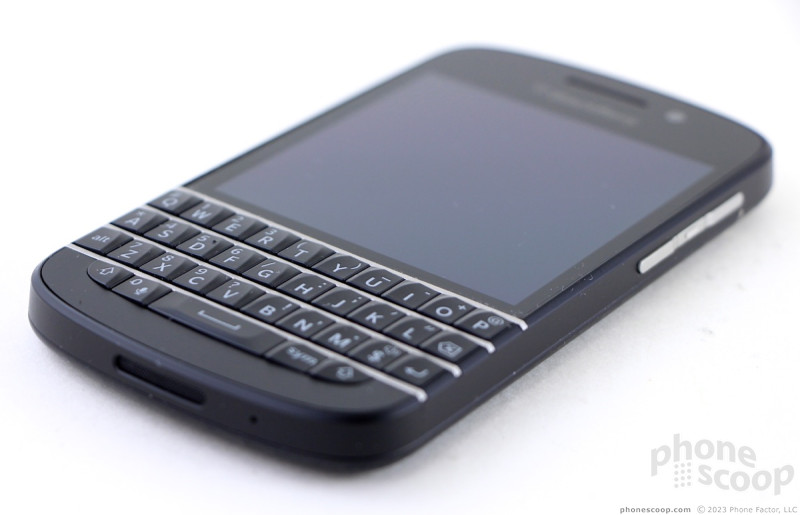













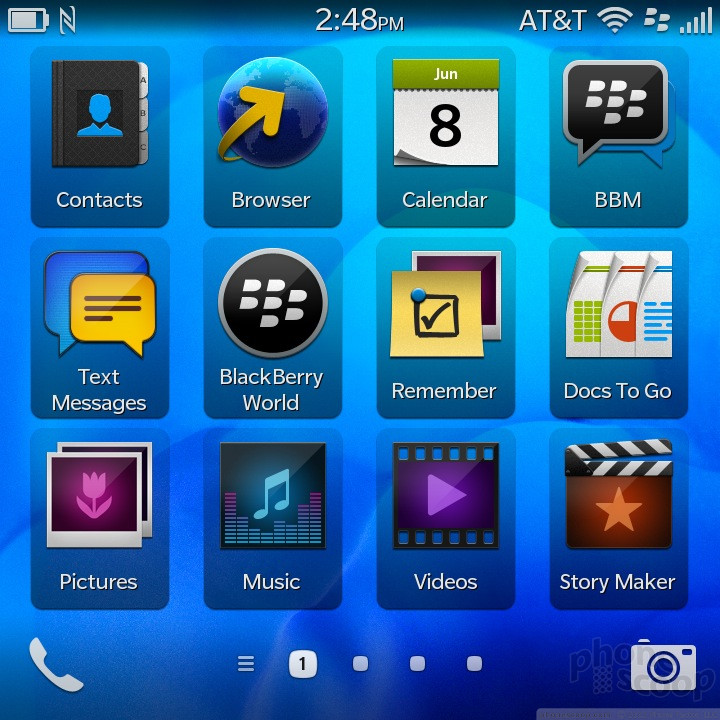











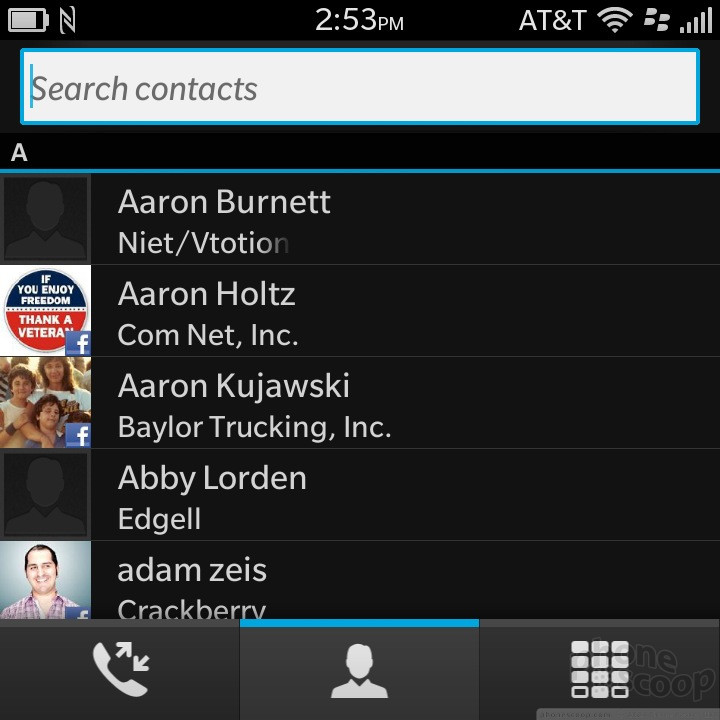





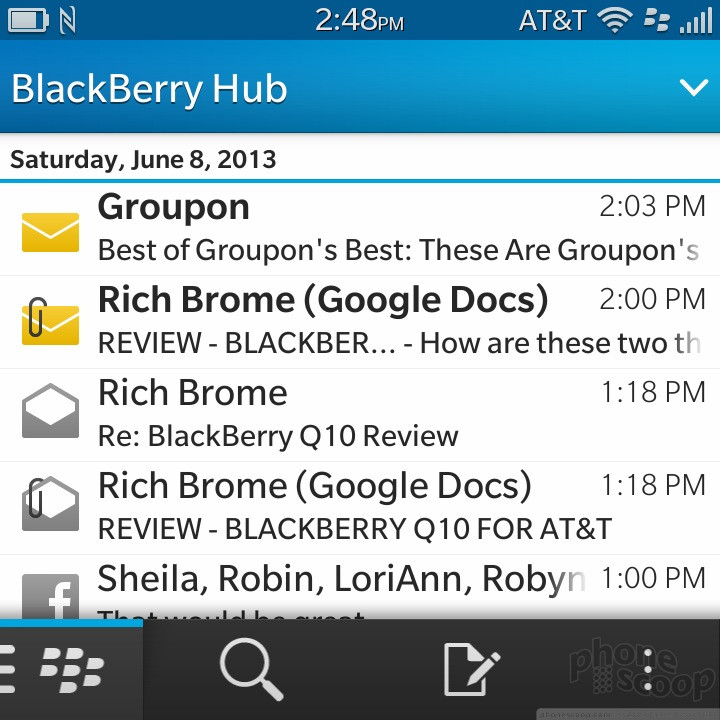






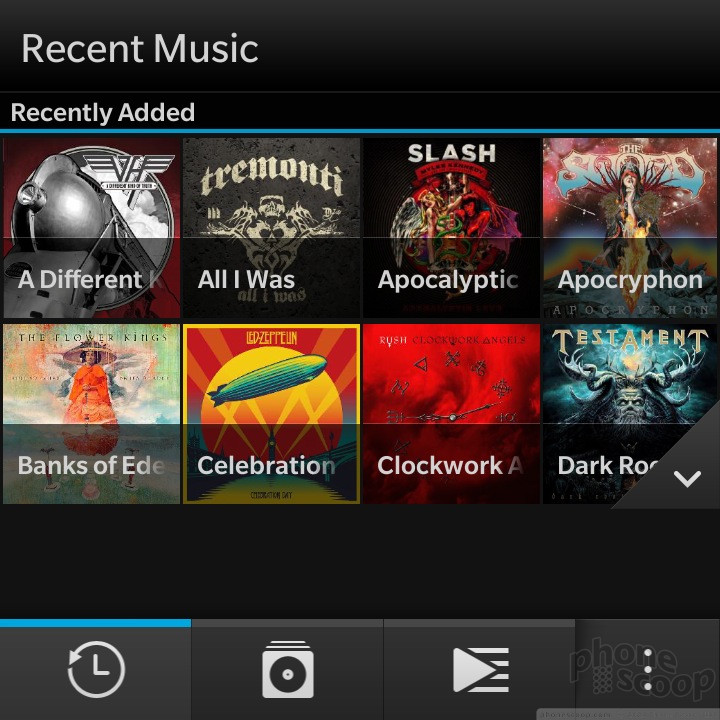





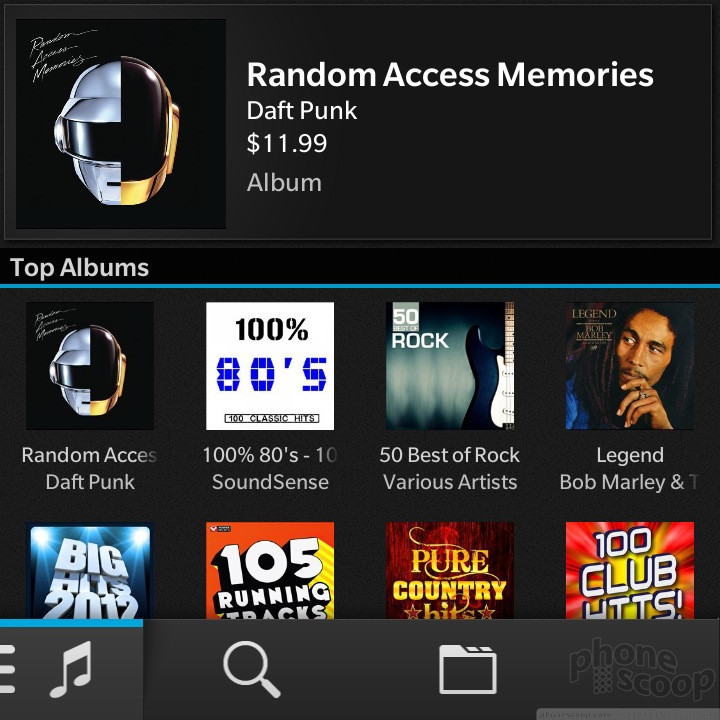




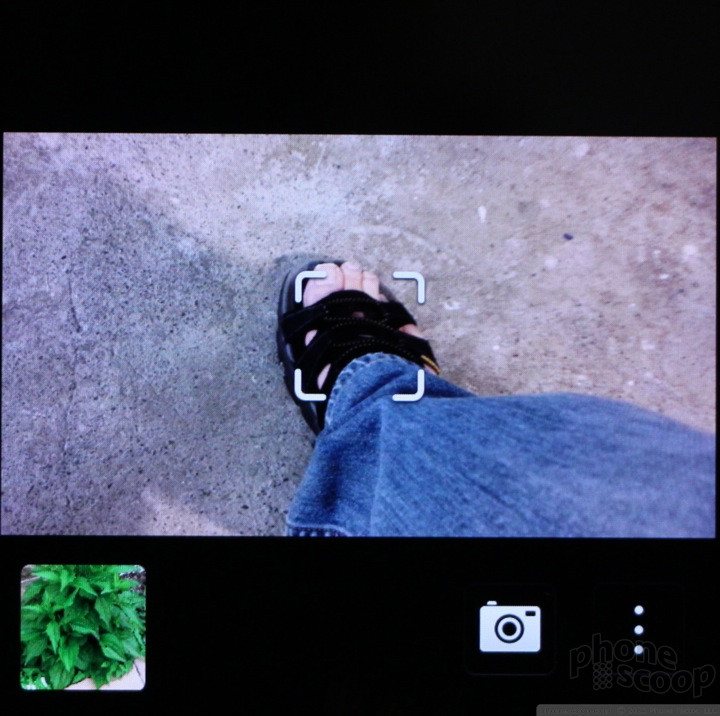






















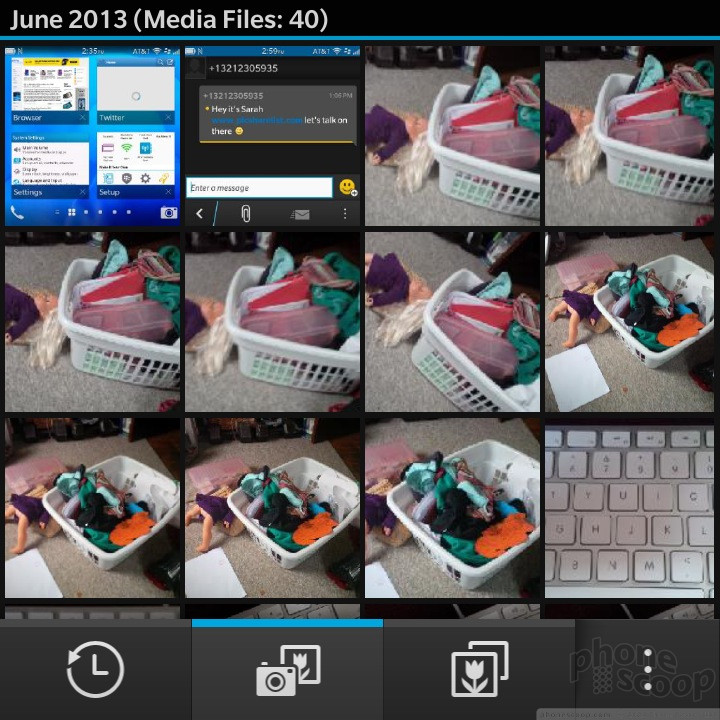









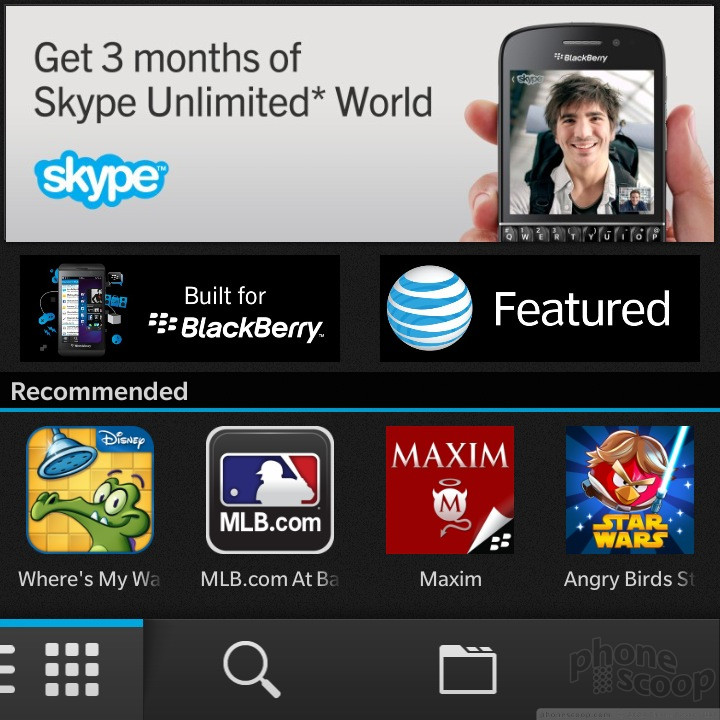






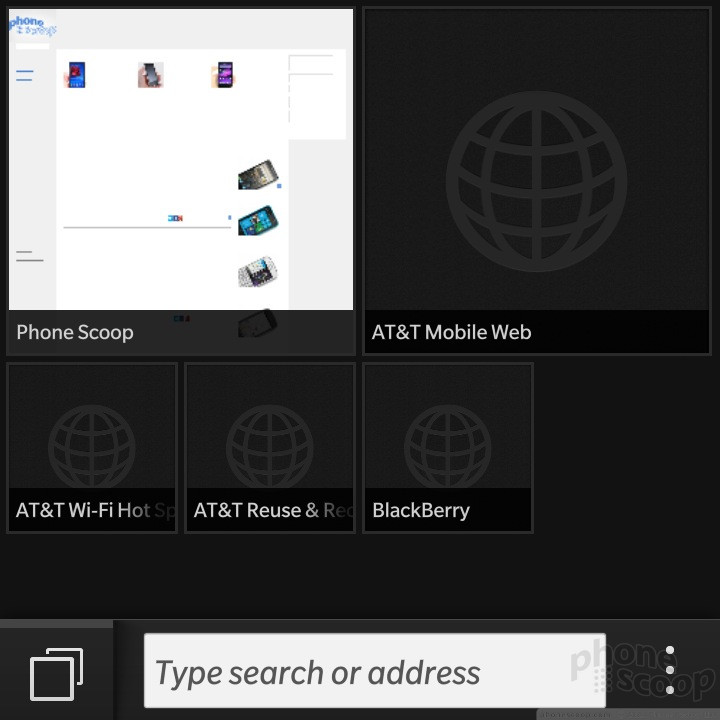





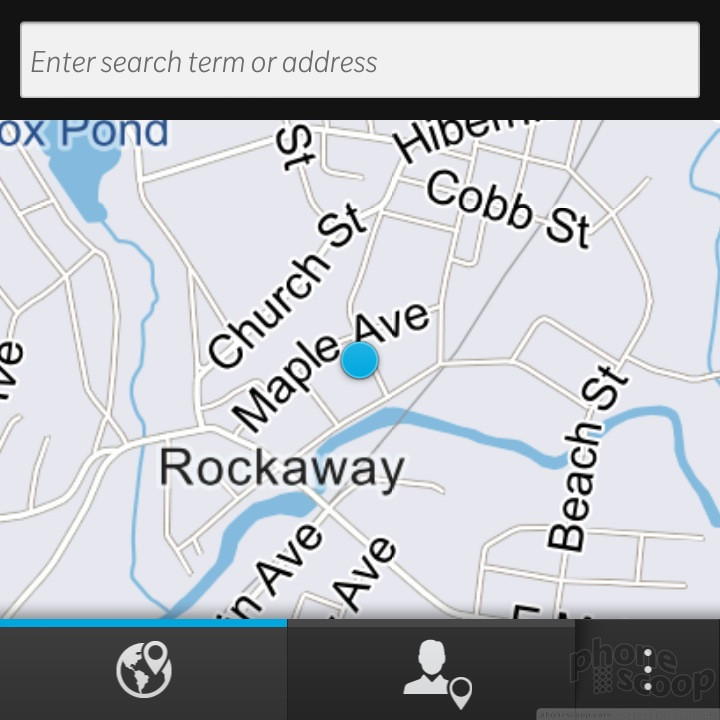




 Hands-On: BlackBerry Z10 and Q10
Hands-On: BlackBerry Z10 and Q10
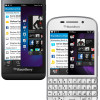 RIM Reveals Z10 and Q10, the First BlackBerry 10 Smartphones
RIM Reveals Z10 and Q10, the First BlackBerry 10 Smartphones
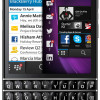 BlackBerry Makes Skype Available to Q10
BlackBerry Makes Skype Available to Q10
 BlackBerry Q10 (GSM)
BlackBerry Q10 (GSM)




